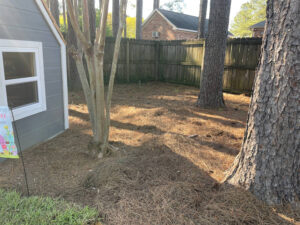
Mechanical Management-Mowing and Hand Removal Avoid planting species for the purpose of ornamentals, erosion control, or forage that could become invasive pests over large areas (e.g., purple loosestrife, giant hogweed, tree of heaven, Japanese knotweed, bush honeysuckles, privets, butterfly bush).Prevent dispersal of seeds or vegetative structures into uninfested areas and manage to prevent seed production in infested areas.In established vegetative cover systems, prevention is the most important tool for managing weeds.

Consider planting date, fertilization, planting population, and high-quality crop seed and choose adapted species and varieties.

#Crossbow herbicide mixing instructions free
Provide a seedbed at planting that is free of live weeds through either tillage or the use of burndown herbicides (e.g., glyphosate, paraquat). Weed Management Options for CREP Cultural Management Certain weeds in CREP areas are invasive, noxious species and are required by law to be managed. Biennial or perennial broadleaf weeds are generally the most common weeds in CREP areas. 
Weeds can replace desirable plants, filling in gaps or voids and reducing stand longevity and overall quality of desirable vegetative covers. Areas designated otherwise (e.g., CP22, riparian buffers) are not discussed in this publication. This publication will discuss weed management options for Conservation Reserve Enhancement Program (CREP) grassland acres enrolled in Conservation Practices CP1, CP2, and CP10.







 0 kommentar(er)
0 kommentar(er)
